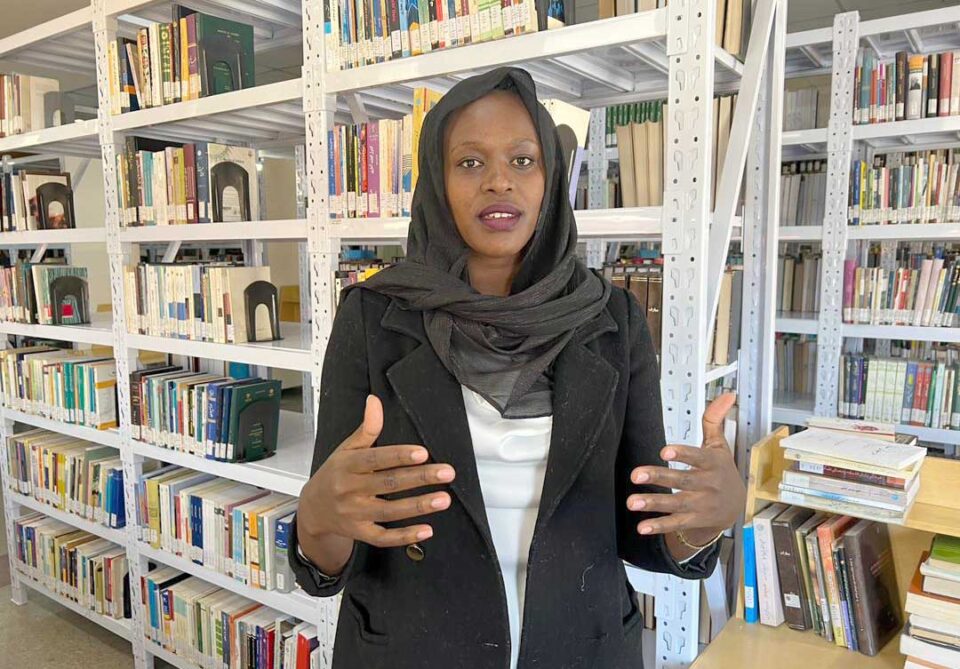By Twiine Sharon
By definition, progress as a state of growth may be described as advancement and positive change in the sense of development, growth, productivity and production. The Islamic Republic of Iran may be costumed in this description.
Although the Islamic Republic of Iran has been under sanctions for over 45 years, the country has registered tremendous success which has helped it leap, into the sanction turmoil and become one of the first growing countries in the Persian Gulf, if not the best.
Iran approximately has an estimated, population of 90 million people and GDP USD 421.35 billion, according to the Iranian econometric model.
The Persian Country has recorded different achievements in different sectors including Natural gas, Oil, manufacturing, Infrastructure, ICT, Culture, Art, Trade, Tourism, and Mechatronics among others
Natural Gas
Gas the alternate energy resource, was seen as a technical solution to the growing concentrations of smoke and haze in cities impaired by the mountainous topography and semiarid climate.
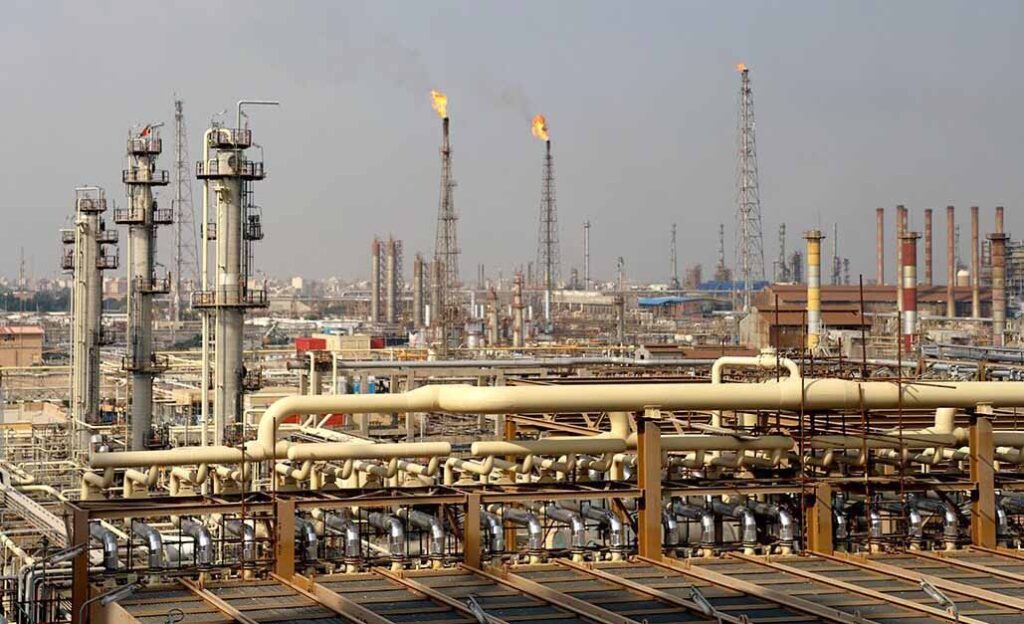
It is therefore to note, that the legal and pledged framework of Iran’s oil and gas industry has evolved over three periods namely from exploration to nationalization, nationalization to revolution, and revolution to the present day.
Current Survey of Iranian Natural Gas
The natural gas in the Coastal Fars and Persian Gulf areas of Iran, has a thermogenic origin, with the main source being lower Silurian organic-rich shales
Natural gas accounts for about 70% of total energy consumption since 2016 and its shares have been steadily progressing.
Amount of Gas Produced in Iran
The Islamic Republic of Iran is ranked 2nd and 3rd in gas and oil reserves in the world. The country has an annual production of approximately 260 billion cubic meters of gas, with 18 billion cubic meters allocated for export and the remainder consumed domestically.
Prominently, the year 2021 manifested Iran as the 5th largest crude oil producer in OPEC and 3rd largest Natural gas producer in the world.
The progressive and Glorious Islamic Republic holds some of the world’s largest deposits of proved oil and natural gas reserves. This has ranked Iran as the world’s 3rd largest oil and second-largest natural gas reserve holder. At the culmination of 2021, Iran accounted for 24% and 12% of oil reserves in the Middle East and the world respectively.
Iran’s oil reserves were more than countries except for Venezuela and Saudi Arabia. In 2021, Iran shared the third highest dry natural gas production and producer after the US and Russia. Despite the sanctions restricting investment and hindering, Iran’s natural gas development, dry natural gas production rose more than 60% between 2011 and 2021.
The Significant Role of Oil and Gas in the Country’s Economic Growth
According to the Statistics Center, the oil and gas group has achieved an economic growth of 25.6% due to the progress of investments in the oil industry. This matter and role was mainly through the technical support of the experts, who made efforts to change the approach and redesign the strategy which has favoured the advancement of the sector.
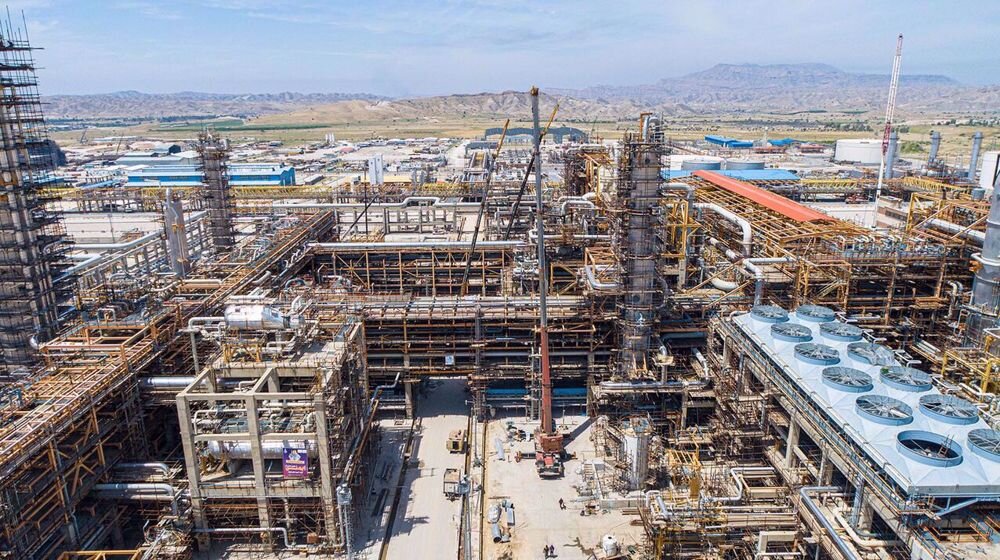
The statistics centre once reported the largest and most economic progress in the oil and gas production and trade sector. They stated that more than 20% of the economic growth was allocated to this sector. Iran’s oil and gas sector, is the economic driver of the country, with the active energy policy and diplomacy of the government.
This has played a very key and prominent role in the realisation of the country’s economic growth. The emphasis has mainly been on paying attention and focusing on neutralising sanctions as much as possible, through redesigning
Iran’s strategic plan on oil and gas
Iran’s energy trade, which, in addition to developing regional gas trade, has been able to create diverse markets for Iran’s crude oil in such a way that, Under the conditions of full embargo, Iran’s oil and gas are sold well, and this shows the role of redesigning Iran’s energy trade by the government and key players.
In addition to the oil and gas trade, the government has also taken key and very important measures in the field of oil and gas production and extraction. Therefore, economic growth depends on the development of investment. Hence, Iran ranks first in total oil and gas reserves in the world, and it is a blessing that we should be able to actualise these potential funds to achieve favourable growth in the people’s government.
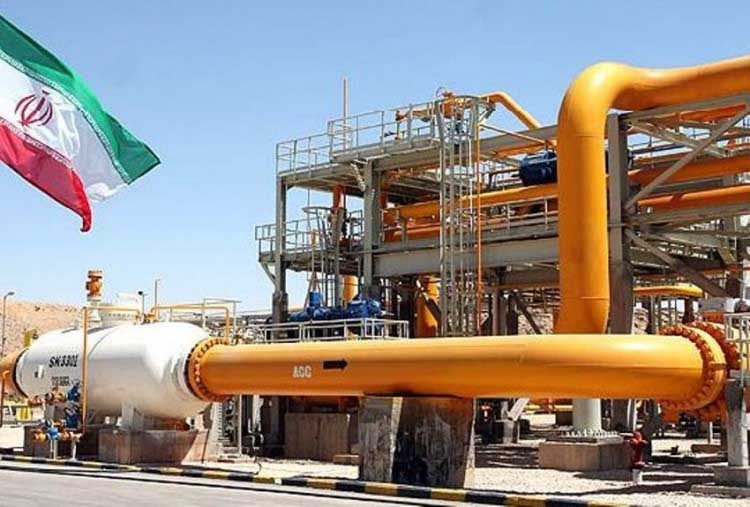
Consequently, the impact of the oil and Gas industry on economic growth is not hidden from anyone. Most experts also emphasize the role of government, especially with the change and revision of the energy policy in the progress of the sector.
Iran’s Gas Consumption
Iran consumes 86,460 cubic feet of natural gas. The country ranks 4th in the world for natural gas consumption, accounting for approximately 5.5% of gas per capita.
Following the policy of neutralising the sanctions on the oil and gas sector, Iran has managed to find new and unsanctionable markets.
According to an Energy Press report, 30 million cubic meters of gas is produced daily. With the South Pars gas field, the highest among all. The National Iranian Oil Company, projected over and more than 1.7 billion cubic meters of crude gas produced in the country, after refining more than 850 million cubic meters of sweet gas to the grid. Gas is injected all over the country.
The company further distributed more than 132 million litres of gasoline compared to the previous years where over 30 cubic meters of gas was produced daily.
In 2022, Iran registered a 17%, rise in the natural gas export. The state-run company’s exports reached 17 billion cubic meters in 2021 and 20 billion cubic meters in 2022. Countries like Turkey buy around a quarter of its 40 billion cubic meters of piped natural gas a year from Iran. Close to 30 million cubic meters of gas per day are also sold to Iraq. Natural gas trade with neighbouring countries, including Turkmenistan, has also experienced a 138% growth over the period.
The volume of gas transmission across the country in the last Iranian year (March 2022-23) increased by 2% compared to the previous year. Last year, close to 274 billion cubic meters of gas were transferred across Iran.
It is noted that, the largest volume of gas transmission is related to household use due to the rise in temperature and cold winter.
The Gas giant of the Middle East exports increased by 19% from March 21-Aug. 22, compared with the same period. of last year. Within this period, gas exports averaged 70 million cubic meters per day compared to 59 million cubic meters per day. It is reported and statistically noted that gas exports to Iraq experienced 20% growth and exports to Turkey also increased in the same year.

It is also to note that Close to 30 million cubic meters of gas per day are sold to Iraq and Turkey and it buys around a quarter of its 40 billion cubic meters of piped natural gas a year from Iran. There has been a 64% growth in the repatriation of oil export money and Iran’s gas export earned $1.6 billion during the period.
Iran exports more than 1 million barrels of oil per day
Therefore, it is a notable fact that Iran sits on the world’s second-largest gas reserves after Russia. It accounts for 17% of global gas reserves. The country mainly exports gas to Turkey and Iraq, but regarding oil sales, Iran continues to export more than 1 million barrels of oil per day which is 40% higher than what Iran sold in previous years.
Iran as a flamboyant country, has succeeded in keeping the sale of oil steady while it is under tough sanctions imposed by the US. With the efforts of all industry players, oil production was not halted even for a day in the past four years when the country was hit by a new round of sanctions. The country sits on the world’s fourth-largest proven oil reserves after Venezuela, Saudi Arabia and Canada.
Around 94% of electricity come from fossil fuels in 2022 79% from gas,15% from other fossil fuels and 0.2% from coal. Hydro makes up 4.5% and nuclear1%.

Today, Iran generates 90% of its electricity. Moreover, it is the leading producer of electricity in the Middle East and the fourteenth worldwide.
There is virtually universal access to electricity in Iran.
Imam Khomeini being the master planner of the Country’s Development
The Iranian Revolution was a series of events that culminated in the overthrow of the Pahlavi dynasty in 1979. The revolution also led to the replacement of the Imperial State of Iran by the present-day Islamic Republic of Iran as the monarchical government of Mohammad Reza Pahlavi was superseded by the theocratic government of Ayatollah Ruhollah Khomeini a religious cleric who had headed one of the rebel factions.
The ousting of Pahlavi, the last Shah of Iran formally marked the end of Iran’s historical monarch.
After the 1953 Iranian Coup de tat, Pahlavi aligned Iran with the Western Bloc and cultivated a close relationship with the United States to consolidate his power as an authoritarian ruler, relying heavily on American support amidst the Cold War, he remained the Shah of Iran for 26 years after the coup, effectively keeping the country from swaying towards the influence of the Eastern Bloc and the Soviet Union.
Beginning in 1963, Pahlavi implemented several reforms aimed at modernizing Iranian society, in what is known as the White Revolution. In light of his continued vocal opposition to the modernization campaign after being arrested twice, Khomeini was exiled from Iran in 1964
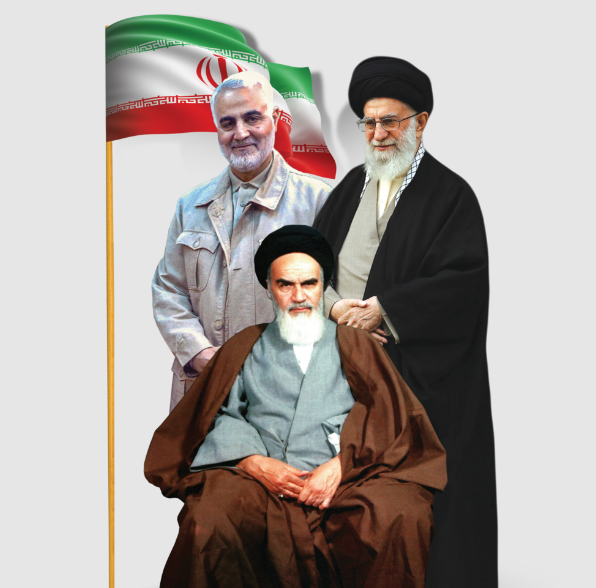
However, as major ideological tensions persisted between Pahlavi and Khomeini, anti-government demonstrations began in October 1977, eventually developing into a campaign of civil resistance that included elements of secularism and Islamism.
In August 1978, the deaths of between 377 and 470 people in the Cinema Rex Fire claimed by the opposition as having been orchestrated by Pahlavi’s Savak came to catalyze a popular revolutionary movement across all of Iran and large-scale strikes and demonstrations paralyzed the entire country for the remainder of that year.
Ayatollah Khomeini as the Supreme leader of Iran
11 February 1979, the monarchy was officially brought down and Khomeini assumed leadership over Iran while guerrillas and rebel troops overwhelmed Pahlavi loyalists in armed combat.
Following the March 1979 Islamic Republic Referendum, in which 98% of Iranian voters approved the country’s shift to the Islamic Republic, the new government began efforts to draft the present-day Constitution of the Islamic Republic of Iran.
Ayatollah Khomeini emerged as the Supreme leader of Iran in December 1979
The writer; Twiine Sharon is a researcher and Masters student of International Relations at Ahlul-Bayt International University.
Have An Advert Or Article You Want Us To Publish? WhatsApp: +256760530830.

